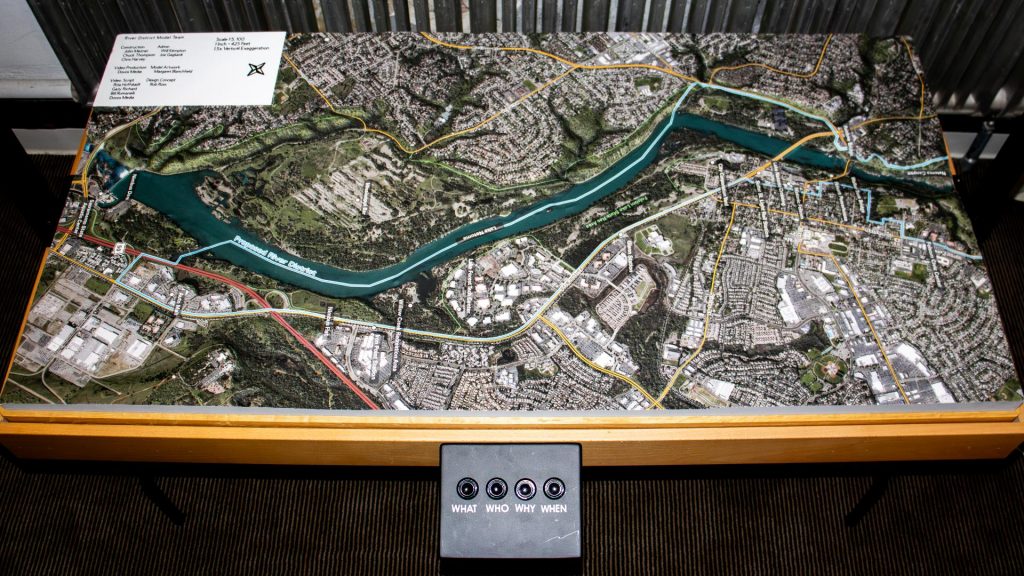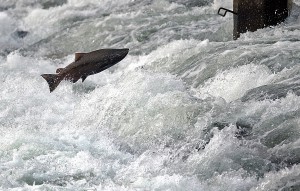New Boating Regulations at Folsom Lake to Prevent Golden Mussel Infestation
Starting April 14, 2025, California State Parks, in collaboration with the U.S. Bureau of Reclamation, will implement mandatory boat inspections and a 30-day quarantine for all trailered or motorized vessels at Folsom Lake. This measure aims to prevent the spread of the invasive golden mussel, recently detected in the Sacramento-San Joaquin Delta.
Golden mussels pose a significant threat to aquatic ecosystems, water infrastructure, and recreational activities. They can disrupt local habitats, clog water delivery systems, and damage boats by attaching to hulls and engines.
Inspection and Quarantine Process:
- Inspection: All trailered or motorized boats must undergo an inspection at designated sites.
- Quarantine Seal: Upon passing inspection, boats will receive a red quarantine seal, securing the vessel to its trailer. The boat must remain out of the water for 30 days with the seal intact.
- Launching: After completing the 30-day quarantine, and if the seal remains unbroken, boats are permitted to launch starting May 14, 2025.
Boaters who wish to continue accessing the lake without undergoing repeated quarantines can have their vessel resealed upon exiting. As long as this seal remains unbroken, they will be exempt from future quarantine periods.
Non-motorized, hand-launched watercraft such as kayaks, canoes, paddleboards, and rowboats are exempt from these requirements. Similarly, boats equipped with electric trolling motors, like certain fishing kayaks, are not subject to inspection and quarantine.
Lake Natoma will continue to allow only hand-launched boats, prohibiting trailered vessels. The existing 5 mph speed limit for motorized watercraft on Lake Natoma remains in effect. All boats must arrive clean, drained, and dry to prevent the introduction of invasive species.
These proactive measures are designed to protect Folsom Lake’s ecosystem and infrastructure from the detrimental effects of golden mussel infestations. Boaters are encouraged to comply with the new regulations to help preserve the lake’s natural beauty and recreational opportunities.


